1. Korean Culture: Traditions, Customs, and Modern Blends
Korean culture is a rich and diverse blend of traditions, customs, and modern influences. Here are some aspects of Korean culture:
Table of Contents
Korean Culture: Language
The official language of South Korea is Korean, which has its own unique alphabet called Hangul. Korean is also spoken in North Korea and by Korean communities around the world
Hangul is the official alphabet of the Korean language, and it is considered to be one of the most scientific and efficient writing systems in the world. It was created by King Sejong the Great in the 15th century as a way to increase literacy in Korea and make it easier for people to learn to read and write.
Hangul is made up of 24 letters, including 14 consonants and 10 vowels. The letters are arranged in syllable blocks, which are written from left to right and top to bottom. Each syllable block represents one syllable in the Korean language.

One of the unique features of Hangul is that it was designed to be easy to learn and use. The letters were created based on the shape of the mouth when pronouncing each sound, and they are organized in a logical and systematic way. This makes it easier for people to learn to read and write in Korean, even if they are not native speakers.
Today, Hangul is widely used in Korea and is recognized as a model for other writing systems around the world. It is also a symbol of Korean identity and pride, and it has played a significant role in the country’s cultural and linguistic heritage.
Read more on Moving South Korea with GKS Scholarship
Korean Culture: Food
Korean cuisine is known for its spicy and flavorful dishes, such as kimchi, bulgogi, and bibimbap. Korean meals typically include rice, soup, and a variety of side dishes.
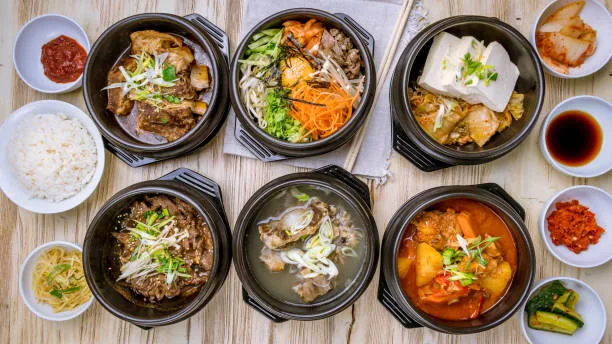
Korean cuisine is known for its bold flavors, fresh ingredients, and diverse range of dishes. Here are some popular Korean dishes:
- Kimchi: Kimchi is a spicy fermented vegetable dish that is a staple in Korean cuisine. It can be made with a variety of vegetables, including cabbage, radishes, and cucumbers.
- Bulgogi: Bulgogi is a Korean barbecue dish made with marinated beef or pork and grilled over an open flame. It is often served with rice, vegetables, and a side of kimchi.
- Bibimbap: Bibimbap is a rice dish topped with a variety of vegetables, meat, and a fried egg. It is often served in a hot stone bowl and mixed with a spicy sauce called gochujang.
- Japchae: Japchae is a stir-fried noodle dish made with sweet potato noodles, vegetables, and meat. It is seasoned with soy sauce and sesame oil and is often served as a side dish or main course.
- Tteokbokki: Tteokbokki is a popular street food in Korea made with chewy rice cakes and a spicy sauce made with gochujang, soy sauce, and sugar.
- Samgyetang: Samgyetang is a Korean chicken soup made with a whole chicken stuffed with rice, ginseng, and other herbs. It is often served in the summer months as a way to beat the heat.
- Haemul Pajeon: Haemul Pajeon is a savory pancake made with green onions and a variety of seafood, including shrimp and squid. It is often served with a dipping sauce made of soy sauce and vinegar.
These are just a few examples of the many delicious dishes that can be found in Korean cuisine. Korean food is known for its bold and complex flavors and is a must-try for foodies and adventurous eaters alike.
Korean Culture: Music
K-pop, or Korean pop music, has gained worldwide popularity in recent years. K-pop is known for its catchy melodies, synchronized dance routines, and flashy music videos.

More on How to get flawless Skin Like BTS.
Korean pop music, also known as K-pop, has become a global phenomenon in recent years. K-pop is known for its catchy melodies, synchronized dance routines, and flashy music videos. Here are some key aspects of K-pop:
- Boy bands and girl groups: K-pop is characterized by its boy bands and girl groups, which are known for their coordinated dance routines and colorful outfits.
- Fan culture: K-pop has a huge and dedicated fan base, both in Korea and around the world. Fans often form online communities and support their favorite groups through social media and fan events.
- Music videos: K-pop music videos are known for their high production value and elaborate choreography. They often feature bright colors, flashy costumes, and surreal imagery.
- Genre blending: K-pop incorporates a wide range of musical genres, including pop, hip-hop, R&B, and electronic dance music. Many K-pop songs also incorporate elements of traditional Korean music.
- International appeal: K-pop has gained a huge following outside of Korea, particularly in Asia and the United States. Many K-pop groups perform in multiple languages and make efforts to connect with fans from different cultures.
- Training system: Many K-pop stars are discovered and trained by talent agencies from a young age. These agencies provide extensive training in singing, dancing, and other skills in preparation for a career in the entertainment industry.
Overall, K-pop is known for its infectious energy, vibrant visuals, and catchy tunes. It has become a major force in the global music industry and continues to evolve and innovate with each new generation of artists.
Korean Culture: Festivals
Korea is home to a variety of festivals and celebrations throughout the year, such as the Lunar New Year, the Chuseok (harvest festival), and the Boryeong Mud Festival.
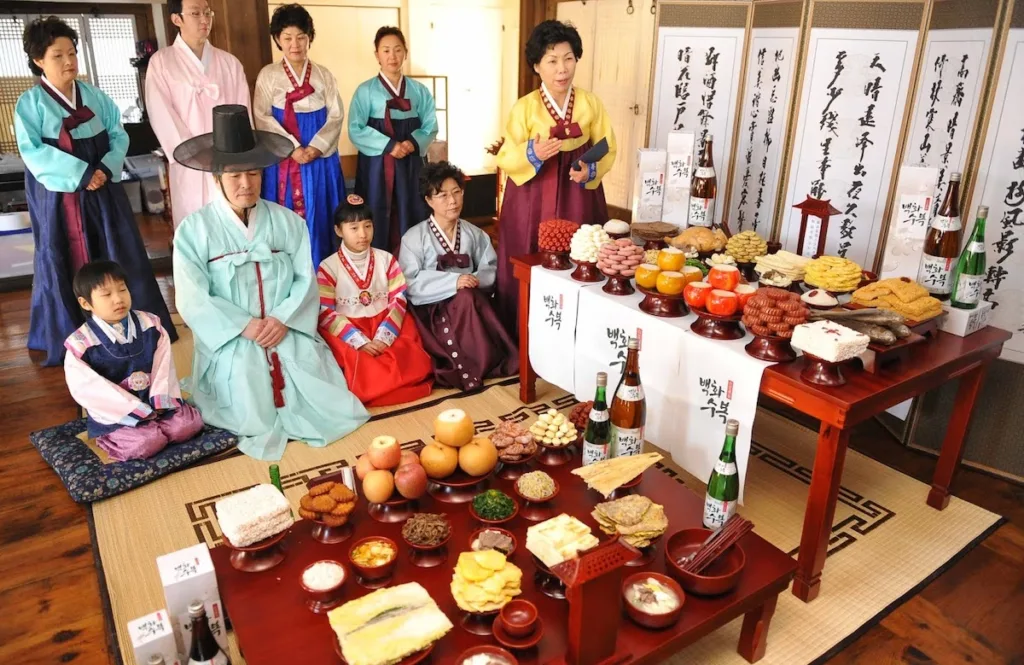
Korea is home to a variety of festivals and celebrations throughout the year, many of which have deep cultural and historical significance. Here are some traditional Korean festivals:
- Seollal: Seollal, or Lunar New Year, is one of the most important festivals in Korea. It usually falls in late January or early February, and it is a time for families to gather and celebrate the beginning of a new year.
- Chuseok: Chuseok, or harvest festival, is another major holiday in Korea. It usually falls in September or October, and it is a time for families to give thanks for the harvest and honor their ancestors.
- Boryeong Mud Festival: The Boryeong Mud Festival is a popular summer festival that takes place in the city of Boryeong. It features a variety of mud-related activities, such as mud wrestling and mud sliding, and attracts thousands of visitors every year.
- Andong Mask Dance Festival: The Andong Mask Dance Festival is a traditional dance festival that takes place in the city of Andong. It features performances of traditional Korean mask dances, which have been passed down through generations.
- Jeju Fire Festival: The Jeju Fire Festival takes place on Jeju Island in March and is a celebration of the island’s volcanic heritage. It features traditional performances, fireworks, and the lighting of bonfires.
- Jinju Lantern Festival: The Jinju Lantern Festival takes place in the city of Jinju in October and is a celebration of the city’s military history. It features elaborate lantern displays, traditional performances, and a reenactment of a historical battle.
Overall, these festivals are an important part of Korean culture and offer visitors a chance to experience the country’s rich traditions and customs.
Korean Culture: Fashion
Korea is known for its fashion-forward style, with many Koreans placing a high value on trendy clothing and accessories. Popular Korean fashion items include oversized jackets, statement sneakers, and designer handbags.
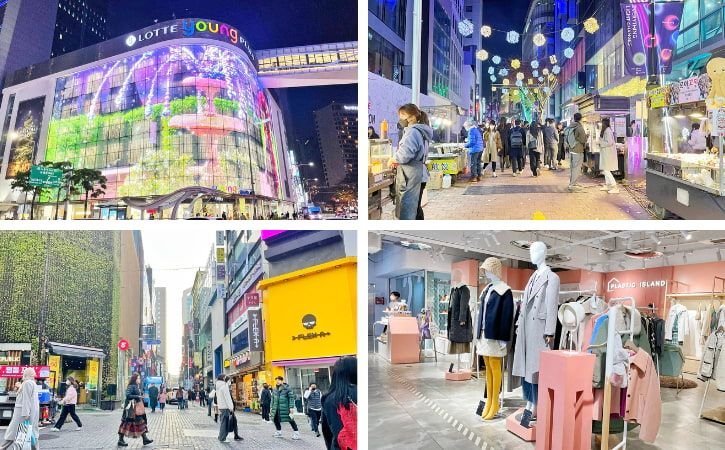
Korean fashion is known for its unique and trendy style, with many Koreans placing a high value on fashion and personal appearance. Here are some key aspects of Korean fashion:
- Streetwear: Korean streetwear is characterized by its bold and colorful style, with many young people wearing oversized jackets, statement sneakers, and graphic t-shirts.
- K-fashion: K-fashion, or Korean fashion, is a term used to describe the country’s fashion industry. It includes a wide range of styles, from casual streetwear to high-end designer labels.
- Beauty trends: Korean fashion is often linked with beauty trends, such as the popular “K-beauty” skincare routine. Many Koreans place a high value on flawless skin and natural-looking makeup.
- Influencers: Korean fashion influencers, or “influencers,” have become increasingly popular in recent years. They often share their fashion and beauty tips on social media platforms like Instagram and YouTube.
- Designer labels: Korea is home to a growing number of fashion designers and labels, many of which have gained international recognition. These designers often blend traditional Korean elements with modern fashion trends.
- Fast fashion: Korea is also known for its fast fashion industry, with many affordable clothing brands offering trendy and stylish clothing for young people.
Overall, Korean fashion is known for its unique and innovative style, blending traditional elements with modern trends. It continues to evolve and influence the fashion industry around the world.
Korean Culture: Etiquette
Korean culture places a high value on respect and politeness, and there are many customs and rules of etiquette that are followed in social situations. For example, it is customary to bow when greeting someone, and shoes are often removed before entering a home or temple.
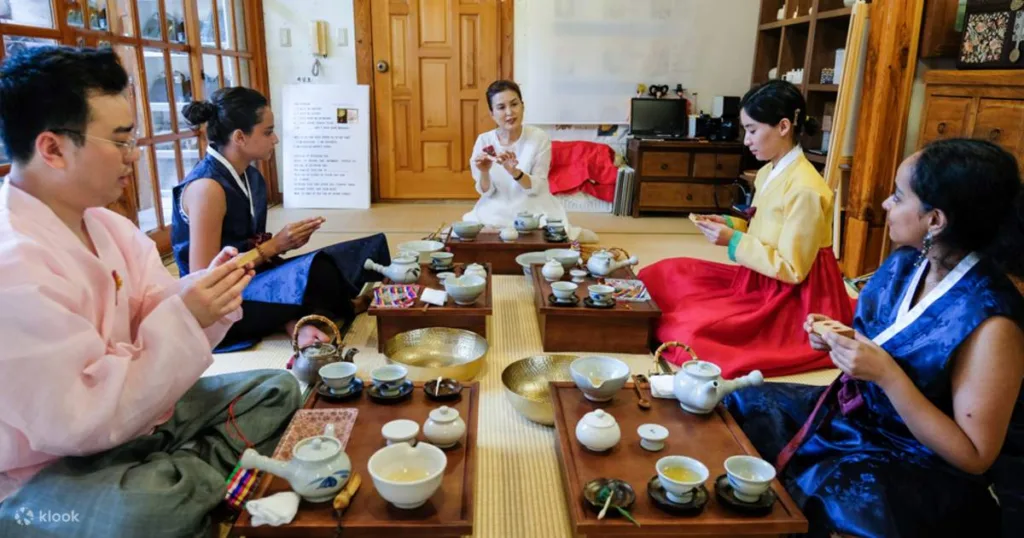
Korean culture places a high value on respect and politeness, and there are many customs and rules of etiquette that are followed in social situations. Here are some key aspects of Korean etiquette:
- Bowing: Bowing is an important gesture of respect and is often used when greeting someone. The depth of the bow depends on the level of respect, with deeper bows reserved for elders and those in positions of authority.
- Removing shoes: It is customary to remove shoes before entering a home or temple. Shoes are often left outside the door or in a designated area.
- Using titles: Koreans often use titles to address one another, based on age or social status. For example, older people may be addressed as “unni” (older sister) or “oppa” (older brother).
- Using both hands: When giving or receiving something, it is polite to use both hands. This shows respect and appreciation for the other person.
- Dining etiquette: Table manners are important in Korean culture. It is customary to wait for the oldest person to start eating before beginning the meal, and to use chopsticks and spoons to eat.
- Gift-giving: Gifts are often exchanged in Korean culture, particularly during holidays or special occasions. It is customary to wrap gifts in bright colors and to include a small note or card.
Overall, Korean etiquette emphasizes respect, humility, and consideration for others. Following these customs and rules of behavior is a way to show respect and build strong relationships with others.
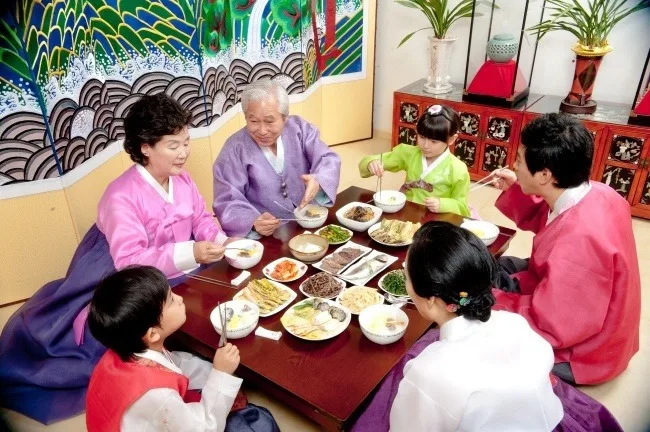

It’s very easy to find out any topic on net as compared to textbooks, as I found this piece of
writing at this website.